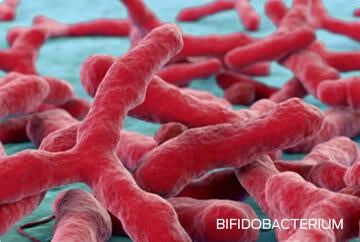In Search of the Metabolic Switch
Margarethe Hoenig Dr.med.vet, PhD
University of Illinois College of Veterinary Medicine, Urbana, IL
Overview
Excess weight is a well-known risk factor for the development of type 2 diabetes mellitus in cats. However, it is unclear what determines whether or not an obese cat will develop diabetes. Alterations in beta cells, muscle and liver, or adipose tissue, may play a role in the progression of feline obesity to diabetes.
Key points
- Obesity contributors: excess energy intake, neutering and decreased heat production with weight gain.
- Each kg of weight increase => about 30% decrease in insulin sensitivity.
- Basal and postprandial glucose concentrations are not different between lean and fat cats, but obese cats need higher insulin levels to overcome the loss of insulin sensitivity and maintain normal glucose control.
- Insulin resistance does not affect tissues equally:
- In beta cells: In cats, it takes extreme conditions before beta cell response to glucose becomes abnormal.
- In muscle and adipose tissue: GLUT4 transporter decreases. Changes occur before glucose intolerance is clinically evident in cats.
- Muscle insulin resistance is more important because insulin-stimulated glucose uptake is only about 5% in white adipose tissue compared to muscle in rodents and man.
- In fat: Obese cats have changes in fat metabolism:
- increased deposits of lipid in muscle compared to lean cats.
- increased free fatty acids in myocellular fat change the signal cascade to GLUT4.
- long-term obese cats studied had lower lipoprotein lipase plasma and fat activity.
- In cats, weight loss associated with similar fat loss of subcutaneous and intra-abdominal fat led to improved insulin sensitivity.
- In the liver: While cats are always gluconeogenic, obese cats maintain metabolic flexibility.
- The liver maintains insulin sensitivity in long-term obese cats, indicated by decreased endogenous glucose production (EGP), allowing them to maintain euglycemia in fasted and postprandial states.
- When the liver does lose insulin sensitivity, this leads to increased EGP and results in impaired postprandial and high fasting blood glucose concentrations.
- Obese cats have increased liver fat; at some % of fat, there may be a change in ability to respond to insulin.
- What happens when a cat eventually becomes diabetic?
- Amylin is co-secreted with insulin. With excess insulin, hypersecretion of amylin turns fibrin in beta cells into solid blocks of amyloid that replace functional blocks of pancreatic tissue.
- Even with amyloid, some cats can return to normoglycemia. Beta cell regeneration may be linked with pancreatic triglycerol levels which, in people, decreases with major weight loss.
- Amylin is co-secreted with insulin. With excess insulin, hypersecretion of amylin turns fibrin in beta cells into solid blocks of amyloid that replace functional blocks of pancreatic tissue.
Clinical relevance
Obesity is increasing in cats. Although cats are well equipped to combat insulin resistance, prolonged hyperglycemia can trigger a series of metabolic events that eventually lead to the development of diabetes.


